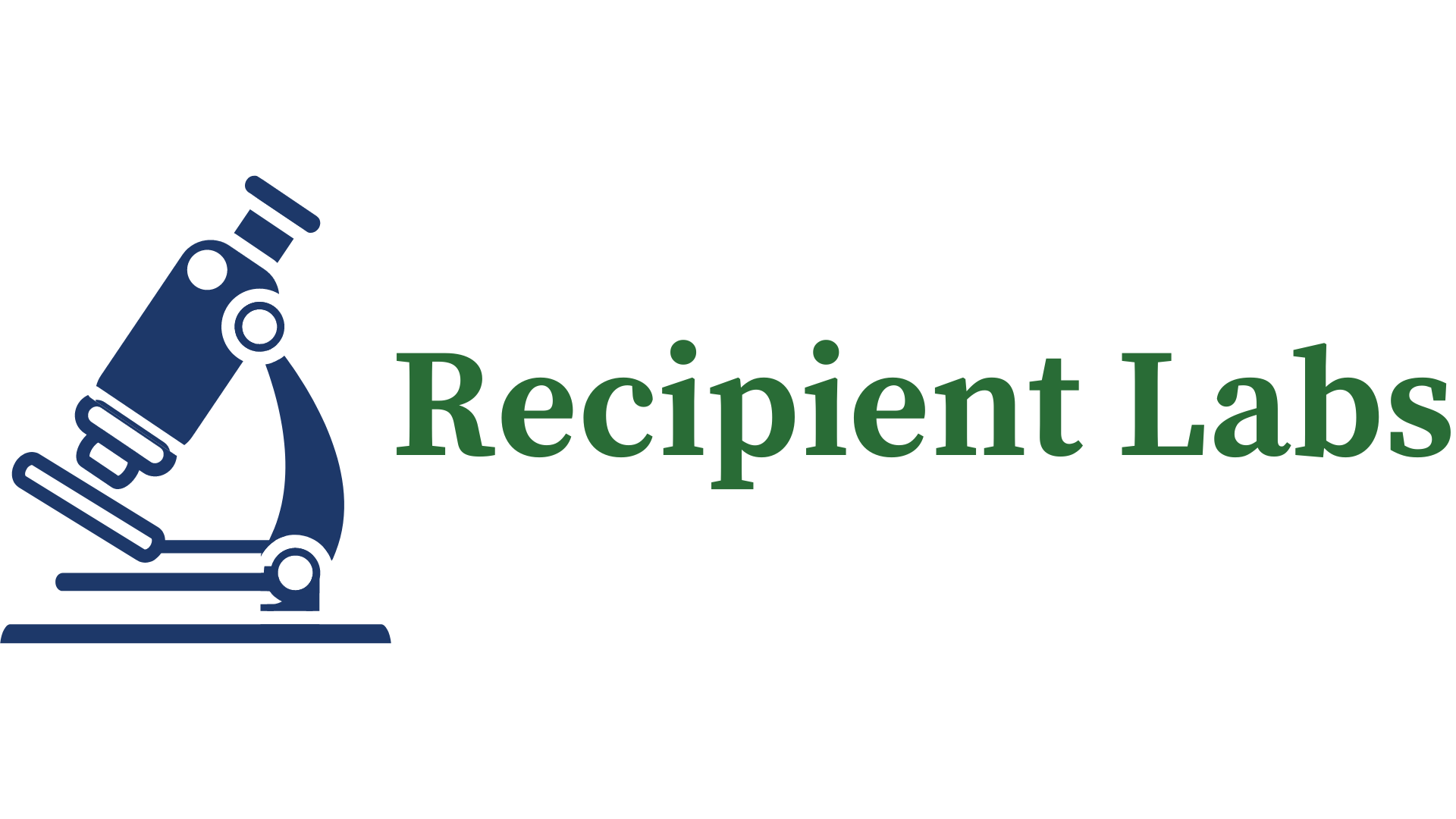I got to visit my first metal stamping and polishing factory at age 26. This one was in China, and there were many more to come, in many other countries, but I’ll never forget my first.
You see, metal stamping and polishing is an inherently filthy process. I was amazed that this was how the bright, shiny mixing bowls at IKEA had come into existence. I think I was wearing two masks, and I could still taste the air.
A few days later, I got to visit my first plastic injection molding factory. A plastic injection molding factory is a million times cleaner than a metal stamping and polishing factory. It has to be, actually. And a surface-mount circuit board assembly factory, even cleaner than that. I swear, you could probably eat off the floor at a surface-mount circuit board assembly factory.
You might wonder what this has to do with your presentations. Your buyers, or in the case of a presentation, the audience, know they are in a metal stamping factory. You don’t need to try to pretend you are something you are not.
In other words, embrace your inner geek. Don’t feel the need to be perfect. Have something to say, definitely. Put 80% of your effort into having something to say, and only 20% of your effort into being perfect.
Just like buyers aren’t worried about the metal dust in the air, they are worried about how the bowl reflects the light when it sits on the shelf at IKEA, your audience isn’t worried about how perfect you are on stage, they are worried about whether you have something interesting to say.
Having something to say, that’s what they want from you, not perfection.
